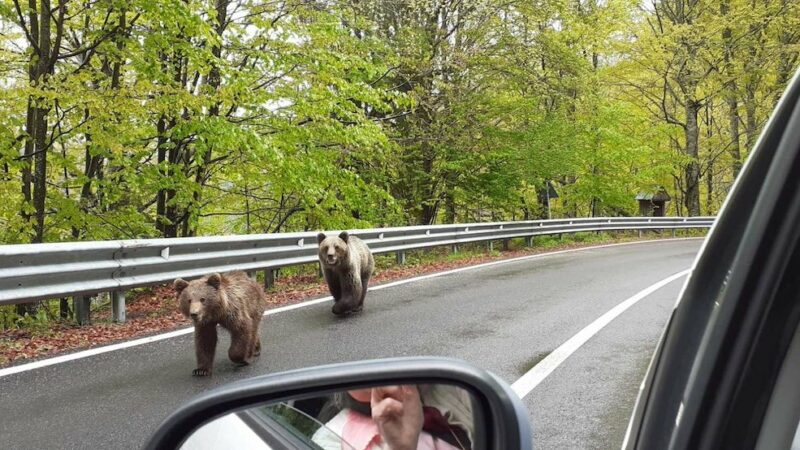7 Outdoor Myths and Legends to Deliberate Around the Campfire
As we approach Halloween, we’re all looking forward to telling ghost stories around the campfire. But what about legends like Loch Ness and El Chupacabra that lurk outdoors? Here are some of our favorite urban legends and mythical creatures to deliberate around the campfire.
Videos by Outdoors
The Jersey Devil, New Jersey, United States
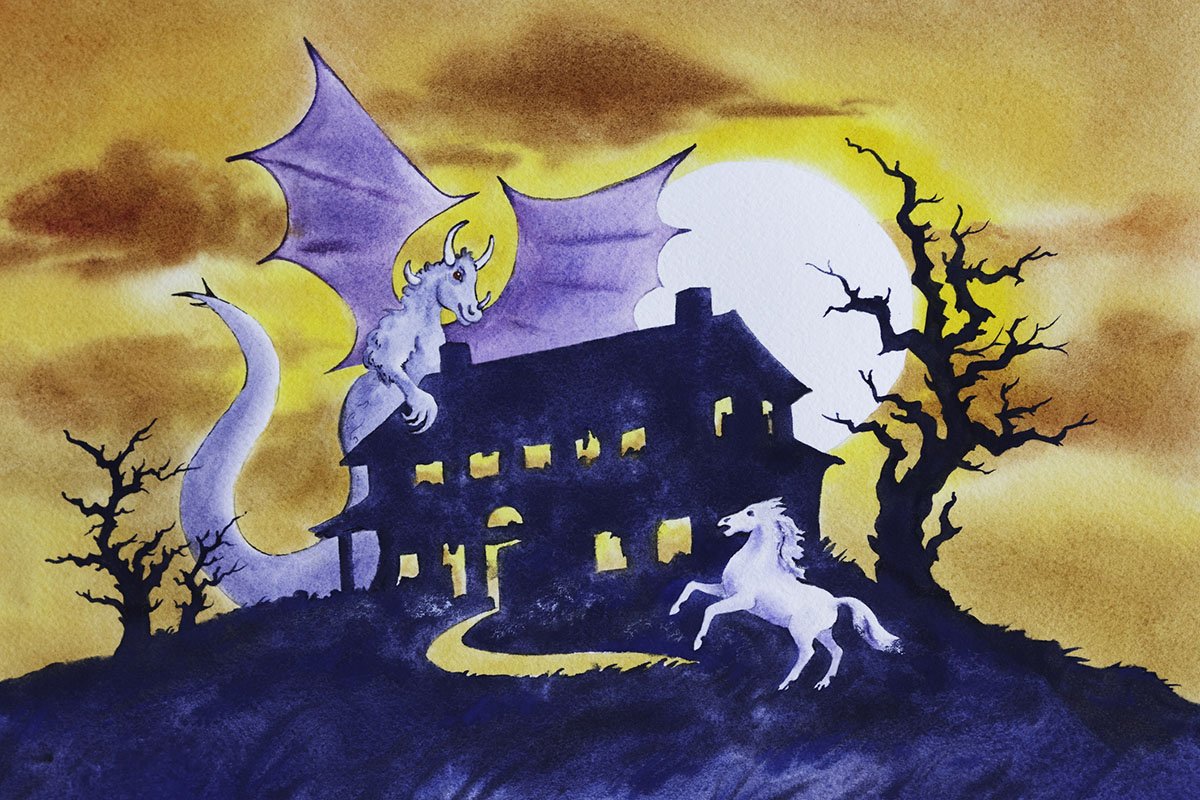
Said to have glowing red eyes, the wings of a bat, and the head of a horse, the Jersey Devil (or Leeds Devil) is said to live in the Pine Barrens of New Jersey. Though the origins of the myth are fuzzy, the story has been around for 300 years in the region. There have been multiple sightings of the Jersey Devil over the years, but there has been no hard evidence to prove its existence. The Jersey Devil is known for raiding chicken coops and killing animals. Many travelers of the Garden State Parkway have claimed they’ve seen something running through the woods, including individuals like police officers and government officials. The Jersey Devil is only ever seen at night, and it is said that its screams are terrifying.
The Loch Ness Monster, Scotland
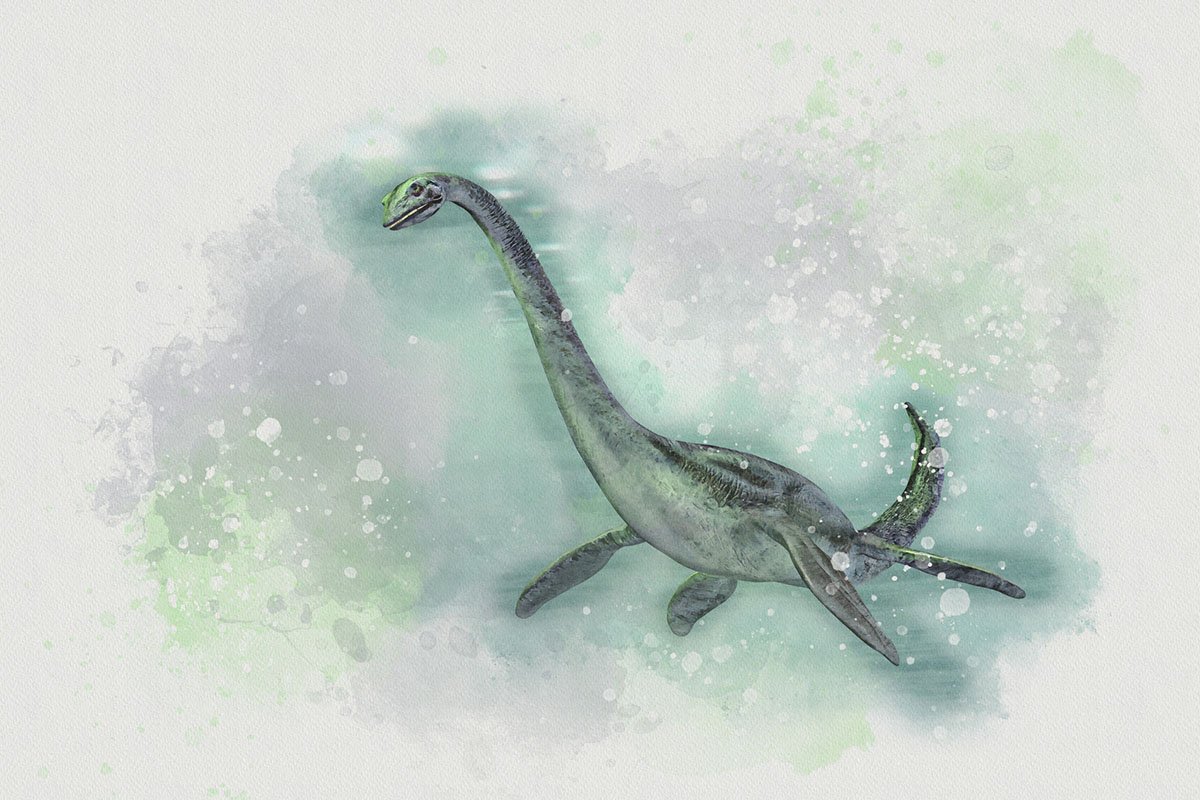
It’s been almost 100 years since the first sighting of the Loch Ness Monster, and “Nessie” is said to be a large marine monster with a long neck and a small head. Though there have been a number of sightings over the last century, there has not been any concrete evidence of the creature’s existence. (Although thanks to one couple’s account of a monster plunging through the water, the legend of Loch Ness has become a bit of a media sensation once again.) In 2019, scientists hypothesized that the Loch Ness Monster is actually a giant eel.
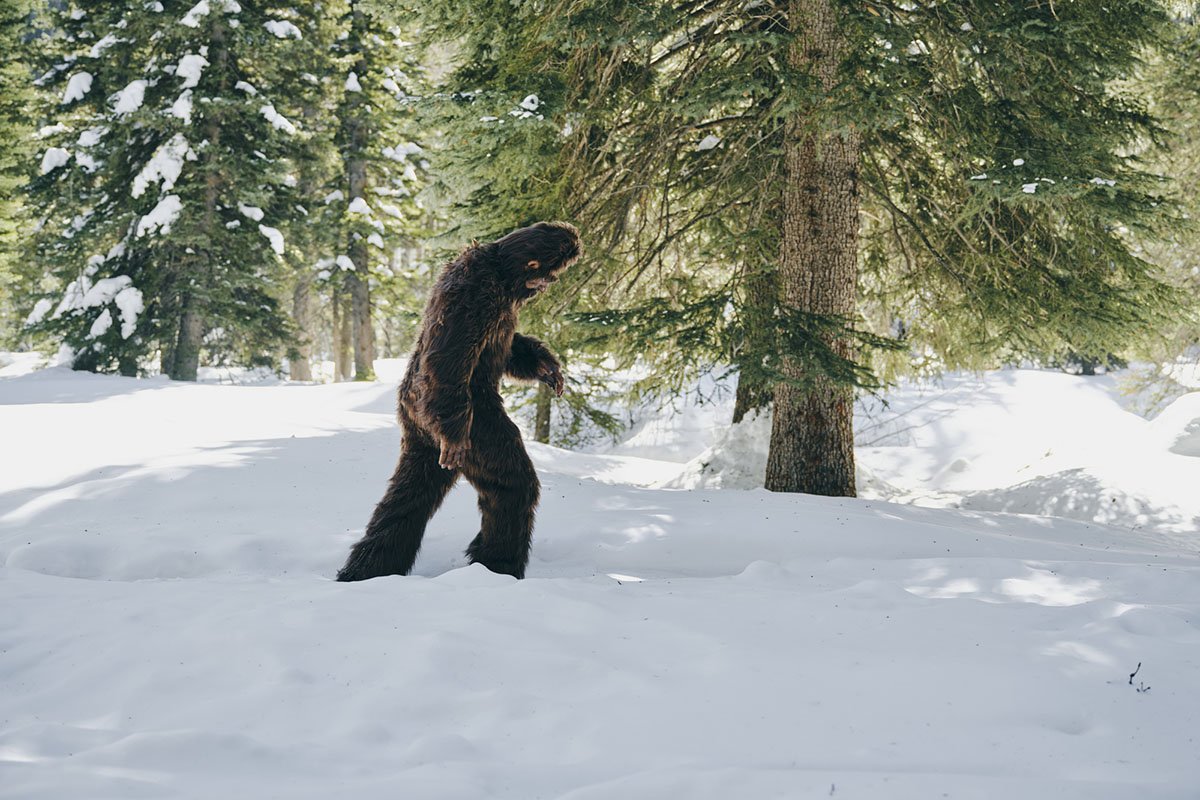
One of Outdoors.com’s most debated topics is the existence of Bigfoot. Though some believe him to be a bear standing on his hind legs, other scientists believe that there is something else living amongst the bears. Primarily said to be living in the northwest U.S., Bigfoot, also known as Sasquatch, is said to be a hairy cryptid about 7 feet tall. As early as the 1800s, English settlers began claiming to see this creature in the woods, as well as the occasional footprint. According to a 2018 Smithsonian Magazine article, Bigfoot has been seen in 49 states, only excluding Hawai’i. Bigfoot seems to be a rather well-loved myth in the United States, and there is even a Bigfoot Field Researchers Organization. There have been many alleged images of the beast over the years, but we may never know the truth about Sasquatch.
Krampus, Germany
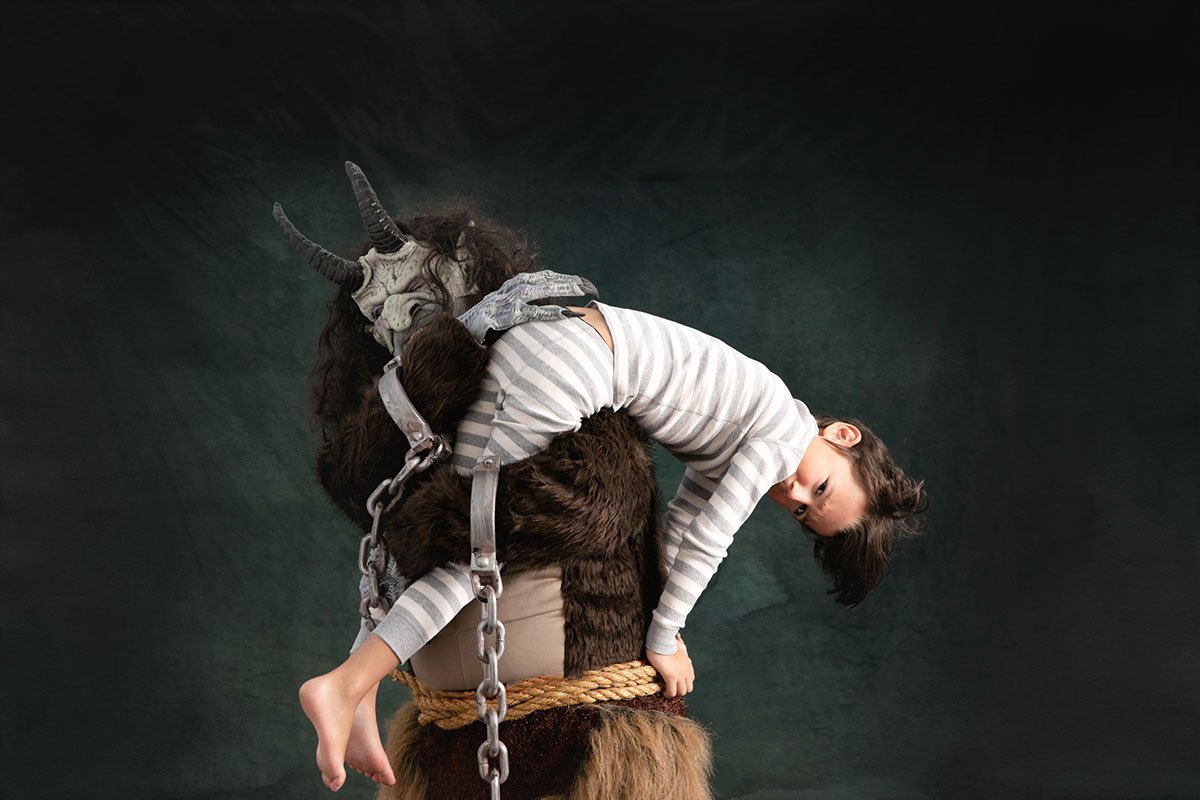
The Krampus is a well-known creature in Eastern European folklore. Thought to be a monster who punishes bad children at Christmastime, the Krampus is probably the most intense creature on this list. The Krampus is half-man and half-goat, and he chases the bad children at Christmas—possibly taking them to hell, if you believe the legend. The Krampus is Santa Claus’s evil counterpart, and he has his own movie from 2015.
Krampus’s origin comes from Paganism, but as Christianity gained popularity throughout Europe, the story of the Krampus began to shift in order to fit in with their beliefs. The Krampus was originally supposed to help disperse the winter ghosts. While Krampus has become rather popular in recent years, thanks to Krampusnacht festivals across Eastern Europe, it is pretty well agreed upon that the Krampus is made up.
El Chupacabra, México
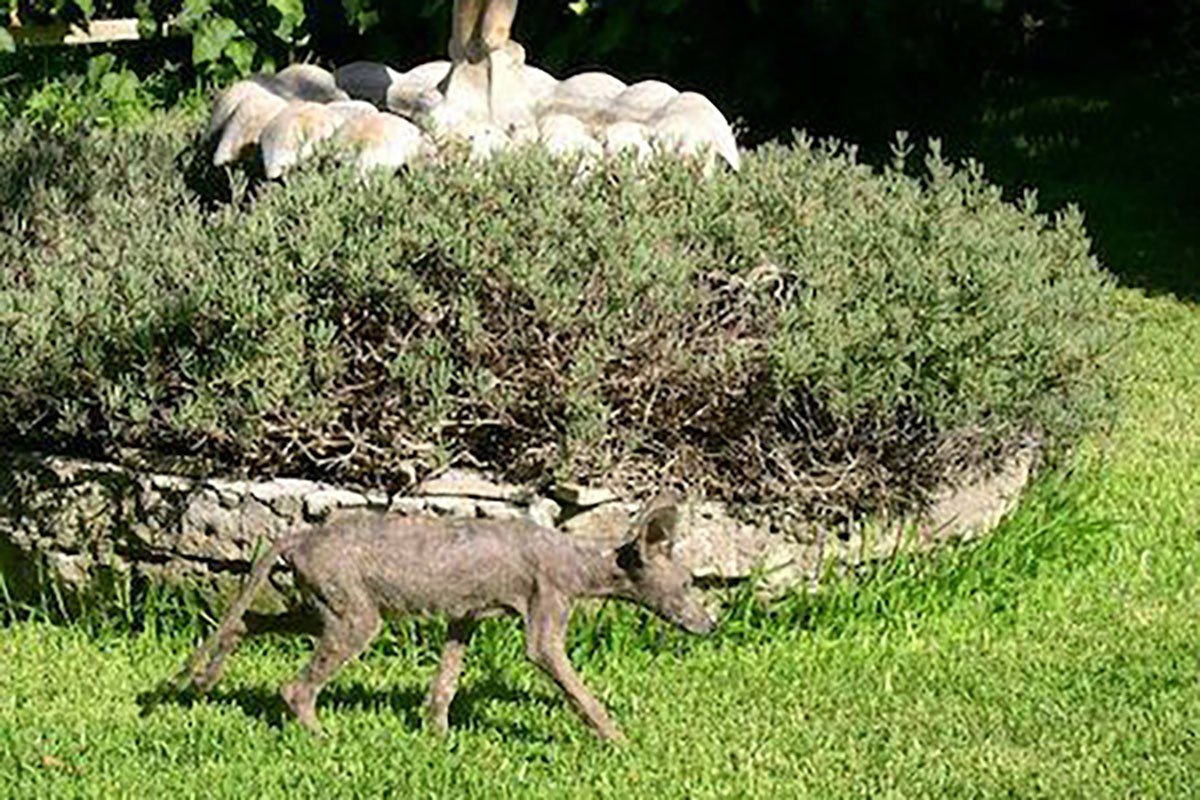
The first sighting of El Chupacabra was in 1995 in Puerto Rico, when it was allegedly sucking the blood of livestock and farm animals, such as goats and sheep. Though El Chupacabra has been known in Latin America for generations, it was hard to define, since there was no photographic imagery of the supposed monster. Many consider El Chupacabra to be the Latin American Sasquatch.
By 1996, there had allegedly been 2,000 animals that had been drained of their blood and left for dead by El Chupacabra. The creature is supposedly 3 feet tall and covered in short gray hair with spikes on its back. Though now thought to be a dog or coyote that contracted mange, El Chupacabra is still a popular mythical creature.
Wendigo, Minnesota, United States and Canada

Located in the Great Lakes Region of Minnesota, the Wendigo are creatures that are said to look gaunt, with red eyes, and deathly, gray skin essentially wrapping around the bone. These animals are known by many names, all translate roughly to “the evil spirit that devours mankind.” The animal is closely associated with cold weather and the winter and the Algonquin people blamed many disappearances on the creature.
Though descriptions of the creature vary, they are often described as being beasts that eat humans, or spirits that possess human bodies, turning them cannibalistic. Sometimes they’re said to be over 15 feet tall and have antlers and it is often said that humans first detect the wendigo by the smell of rotting flesh.
According to Algonquin Native American folklore, the wendigo was a lost hunter who became so hungry, he turned to cannibalism. Some have said the creature is related to bigfoot, and others have said it is related to werewolves.
Yeti, India, China, Nepal, and Bhutan
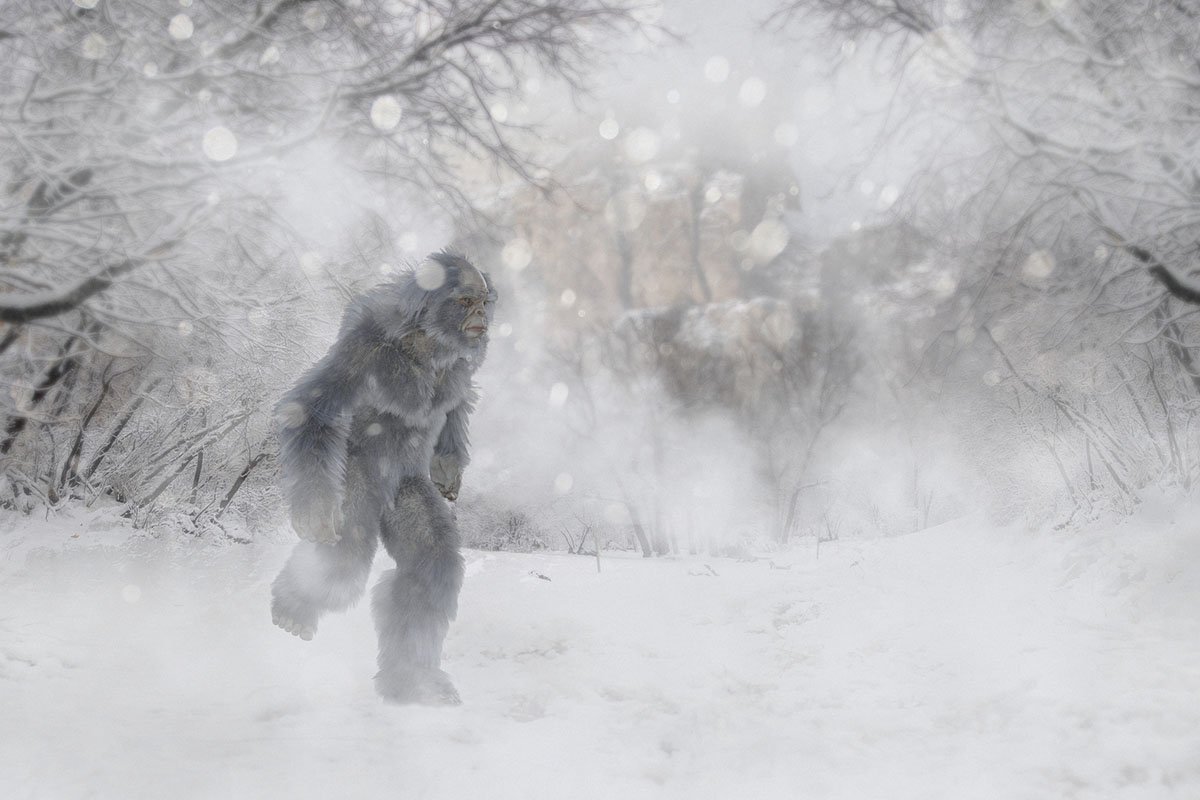
Also known as the Abominable Snowman, the Yeti is an apelike creature said to live in the Himalayas. Actual sightings of the Yeti are rare, but strange tracks in the snow have been attributed to monsters’ existence. This monster’s existence comes from the Sherpa people’s folklore, originally created as a warning for children to stay away from wild animals.
Besides a few giant footprints and sightings on the side of a snowy mountain, there is very little evidence of the Yeti’s existence. The creature is said to be a two-legged, white, hairy creature between 10-20 feet tall. The first sighting of the monster was in 1921, by Charles Howard-Bury. According to a recent study, scientists are beginning to propose that the real identity of these abominable snowmen is Tibetan Brown Bears, hunting the Himalayan marmots. Scientist, Dr. Chetri says that many nomadic families have handed him Tibetan Brown Bear fur, saying it is from the Yeti.
Source: https://outdoors.com/outdoor-myths-and-legends-to-deliberate-around-the-campfire/



